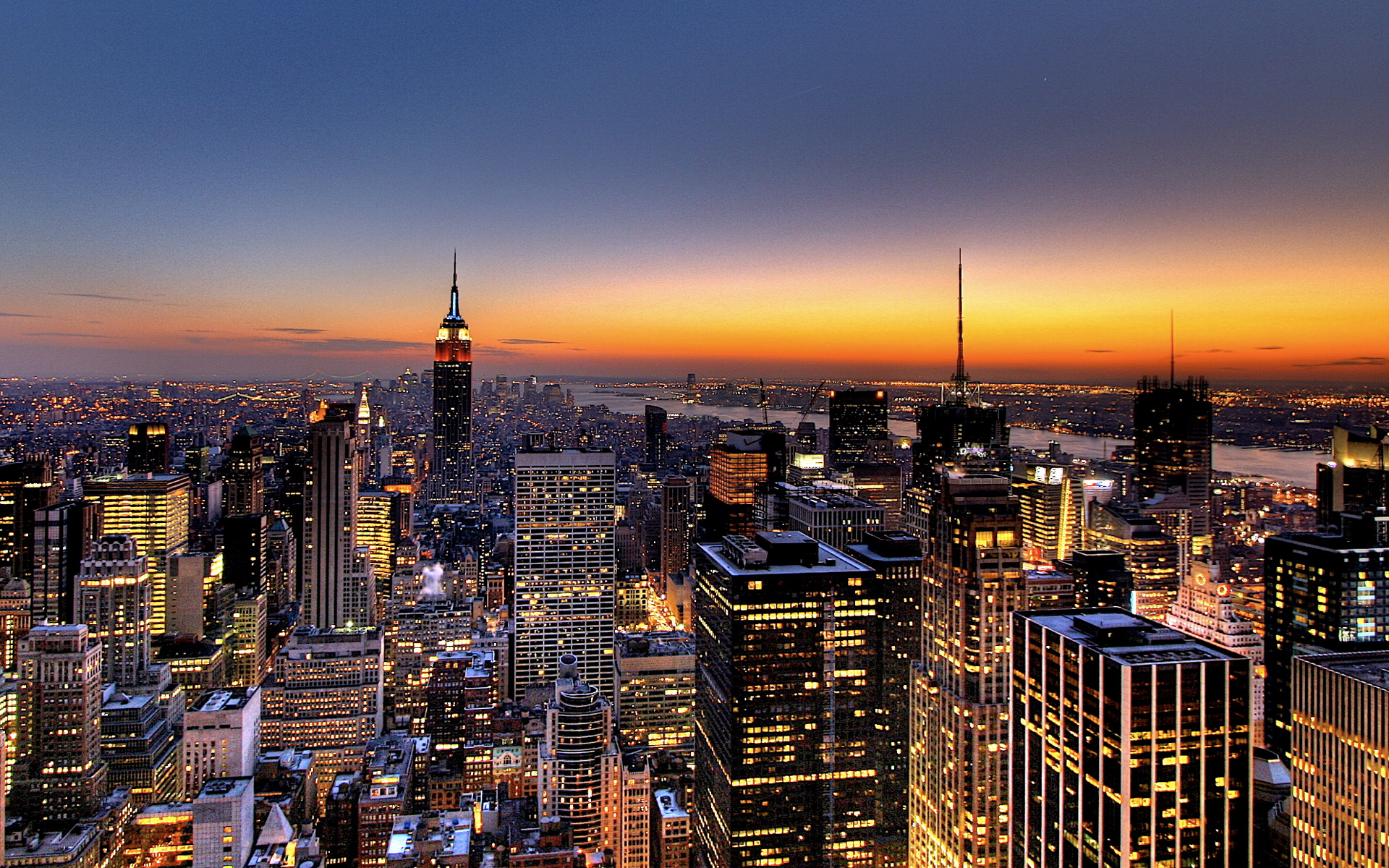Milwaukee’s north side remains deeply troubled
“MILWAUKEE IS RESILIENT, like this building,” says Mandela Barnes, a 32-year-old from Wisconsin’s largest city. He chats over ginger tea in Shindig Coffee, a lively spot inside the Sherman Phoenix, a complex of dozens of small shops, hair salons, yoga studios and galleries. It opened a year ago, renovated after arsonists attacked the building, a former bank, during anti-police riots in 2016. Its rise and the success of its black-owned businesses are symbols of optimism in a place that is short on it.
Mr Barnes recalls how, last century, his grandfather moved into the area from Louisiana as big factories drew floods of migrants north. He worked for A.O. Smith, a firm that supplied frames to car producers for decades and at one point employed over 10,000 north-siders. But as its fortunes slid and it quit the car-supply business in 1997, those of its African-American workers, living near its giant industrial site, tumbled too. After a four-year spell as a state lawmaker, Mr Barnes was elected last year as Wisconsin’s lieutenant governor, the first African-American to hold the post. But he knows many of his generation are left behind. Problems linger for the 40% of Milwaukeeans who are black. “There is 50% black joblessness, very high rates of incarceration,” he says. “One in 19 students is homeless,” with black pupils most affected. Over...























